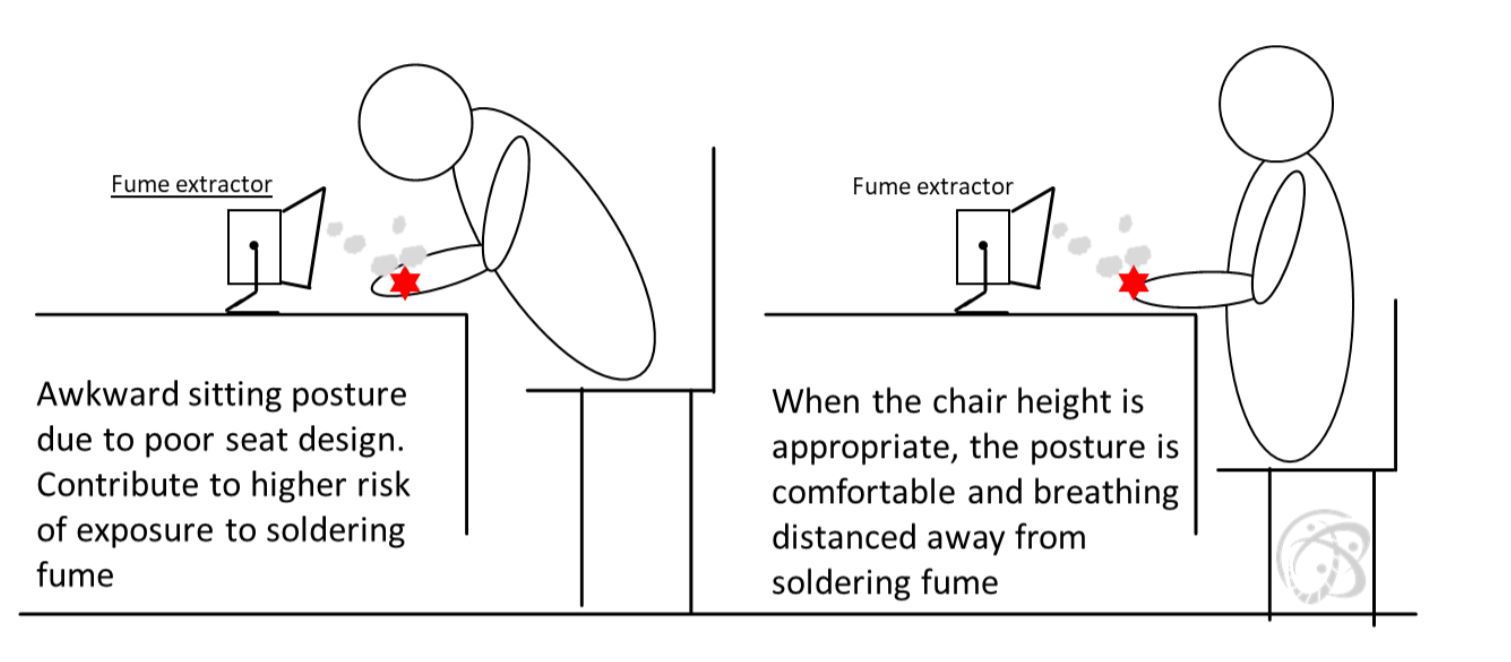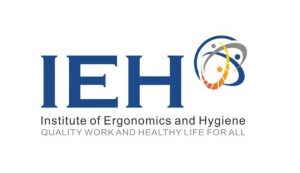Ergonomics and Occupational Hygiene: a holistic approach to manage workplace health
Sponsored Article by Institute of Ergonomics and Hygiene
Work-related Musculoskeletal Disorders, Noise-Induced Deafness and Occupational Skin Diseases remained the top three leading occupational diseases over the past decade in Singapore. They collectively account for close to 90% of all reported occupational diseases. Good Occupational Hygiene measures combined with good ergonomics design can help organisations reduce the risk of occupational diseases.
Ergonomics
By definition, “ergonomics is the scientific discipline concerned with the understanding of interactions among humans and other elements of a system, and the profession that applies theory, principles, data and methods to design to optimise human well-being and overall system performance”. Ergonomics and human factors are often interchangeable. When ergonomics is concerned, people usually first refer to physical ergonomics, such as anthropometrics, physiology, and manual handling. Common risk factors for physical ergonomics are awkward postures, heavy physical load, high repetition, and vibration. Cognitive functioning and organisation of work are also essential parts of good ergonomics.
Occupational Hygiene
Occupational hygiene is the practice of anticipating, recognising, evaluating, and controlling the risk of workplace health hazards to protect the health and well-being of the workers. These health hazards in the workplace, which could cause disease or discomfort, can be physical agents (e.g. noise, heat, radiation etc), chemical agents (sensitisers, carcinogens, irritants, corrosive substances etc), and biological agents. The hierarchy of control health hazards is elimination/substitution, engineering control, administrative control, and personal protective equipment.
Good Ergonomics design combined with good Occupational Hygiene measures can reduce the risk of occupational diseases. We will show you some examples.
1. Better posture, which can at the same time keep the source of emission away from the breathing zone. By introducing better tools and employee training, awkward posture can be eliminated. At the same time, the distance between the breathing zone and emission source will increase, so the exposure is reduced.

2. Reducing the physical load of the job can end up reducing chemical exposure. One significant ergonomic risk factor is manual handling. Such heavy physical activity will cause sweating. Wet skin increases the deposition of dust on the skin, thus increasing the chemical concentration on the skin surface. Dermal absorption of chemicals happens via diffusion. The extent of diffusion increases with a higher concentration of chemicals on the skin. Heavy work also increases the breathing rate, leading to increased chemical exposure through inhalation. When good ergonomic design reduces heavy physical work, the overall risk is lower.
3. Reducing manual handling can reduce direct contact with health hazards. Manual handling causes over a third of all workplace injuries. It covers lifting, lowering, pushing, pulling, and carrying activities. The risk associated with manual handling can be reduced by introducing automation, which can also reduce the direct contact with the health hazards.

About Institute of Ergonomics and Hygiene
Originally established as the Institute of Occupational Medicine Singapore (IOM Singapore) in 2012, the institute was renamed IEH (Institute of Ergonomics and Hygiene) on the 1st of December 2021 to better reflect the wealth of expertise and experience the team. Over the years, IEH has developed into a leading international provider of Ergonomics, Occupational Hygiene and Workplace Safety and Health solutions to industry, commerce, public sector and professional bodies. IEH provides innovative solutions for clients and partners to create safe & healthy work and quality lives for all. http://ieh.sg
Huang Xian joined IEH in 2017 and has been working on consultancy work of occupational hygiene and ergonomics. She now leads the IEH’s Ergonomics team. She has worked for clients flavours and fragrances section, petroleum industries, construction sector, manufacturing, and government agencies. Besides consultancy work, Huang Xian also leads IEH’s face fit testing courses.

